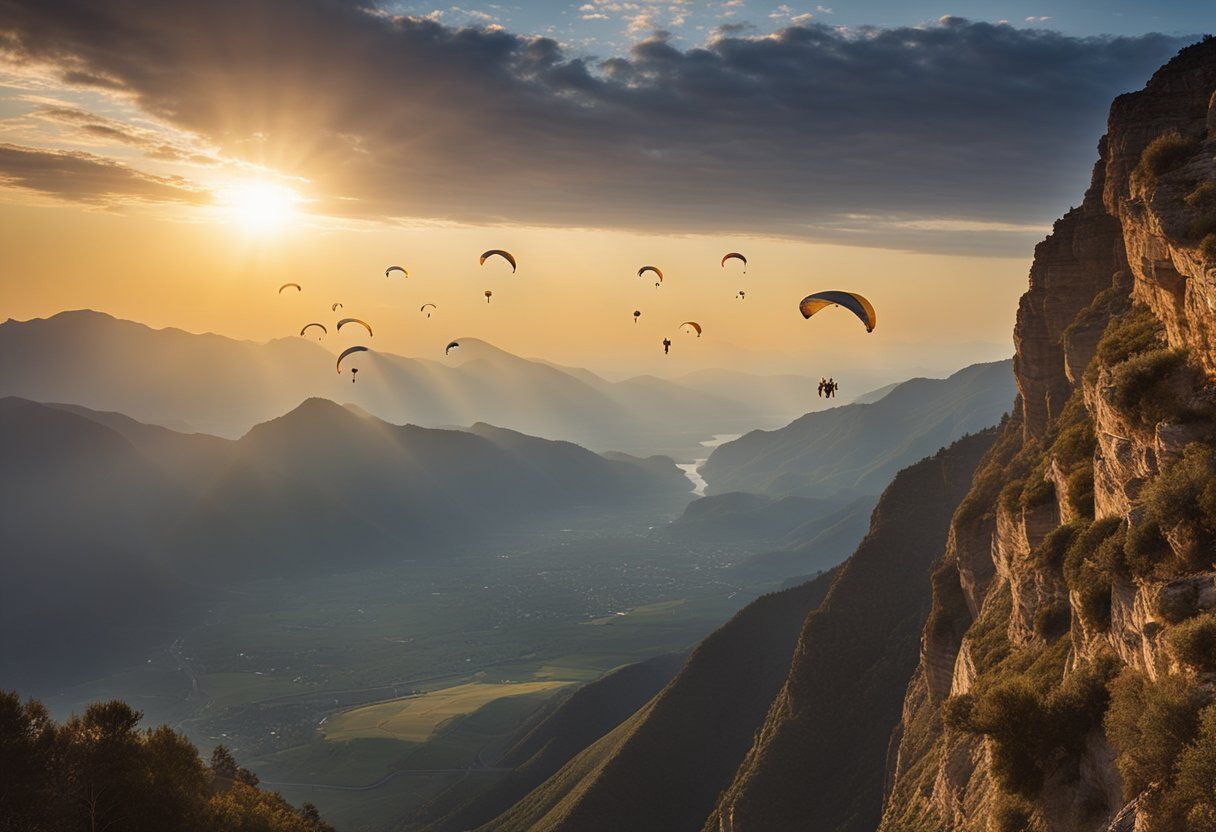To share
Block climbing, or bouldering, is an exciting way to experience rock climbing without the need for ropes or harnesses. It's a perfect gateway for beginners in Australia, offering a fun and challenging workout that builds both mental and physical strength. Bouldering is accessible to everyone, with many indoor gyms across the country catering to all skill levels. In these gyms, climbers tackle shorter walls over thick mats, ensuring a safe practice environment.
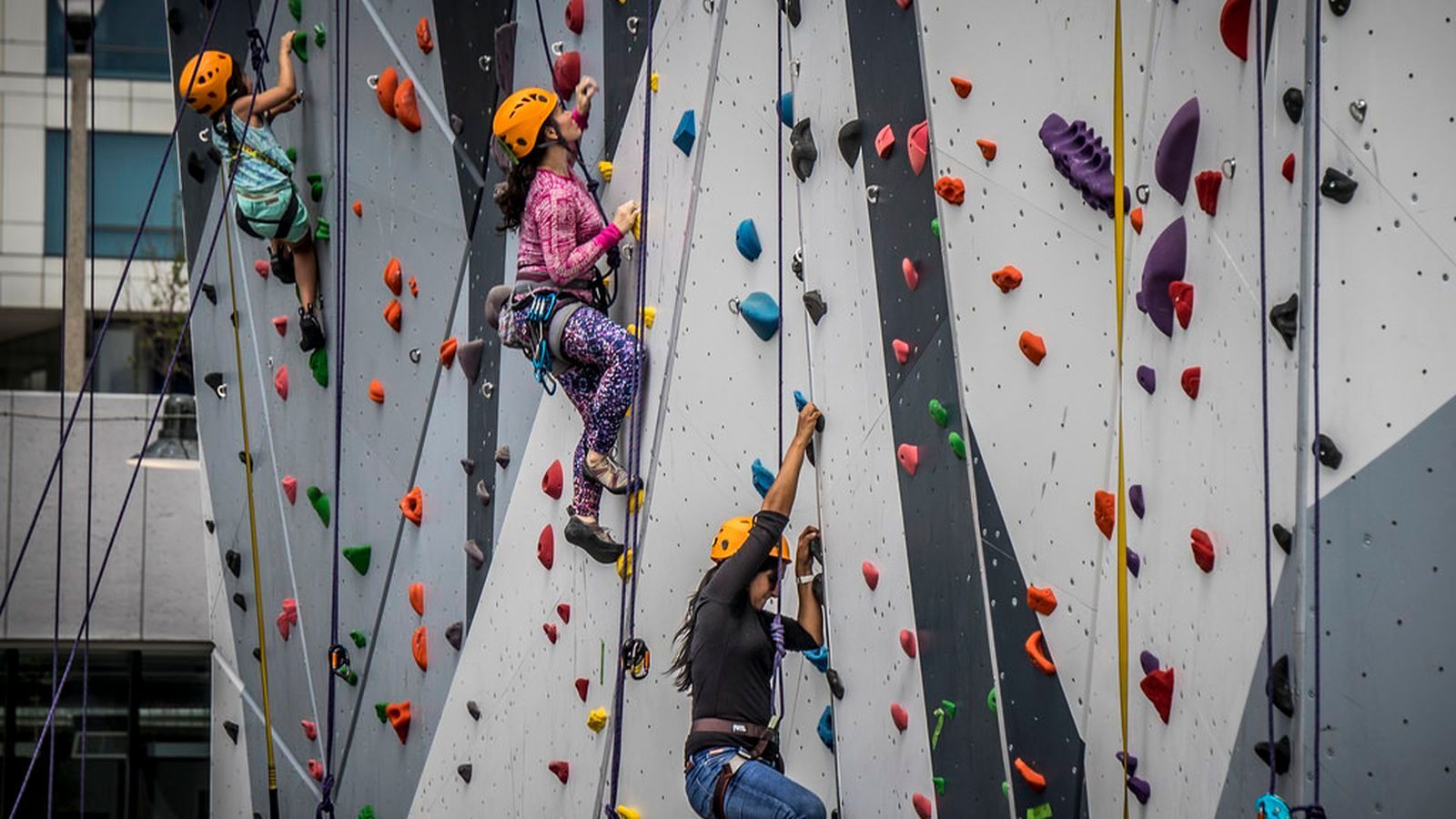
For beginners, choosing the right climbing gym is crucial. Places like BlocHaus Bouldering Melbourne cater to all levels, providing structured classes and a welcoming community. Such environments help new climbers gain confidence and develop their skills. The community aspect also plays a significant role, as being part of a supportive group can enhance the climbing experience.
Etiquette and community connection are also key parts of bouldering culture. Gyms typically encourage a sense of fellowship and respect among climbers. As skills improve, the opportunity to explore the great outdoors in Australia provides an exhilarating next step. With its diverse landscapes, the country offers myriad options for those eager to try outdoor climbing once they've mastered the basics indoors.
Key Takeaways
- Bouldering is an accessible and safe introduction to rock climbing.
- Choosing the right gym is essential for skill development.
- The climbing community offers strong support and camaraderie.
Understanding the Basics of Climbing
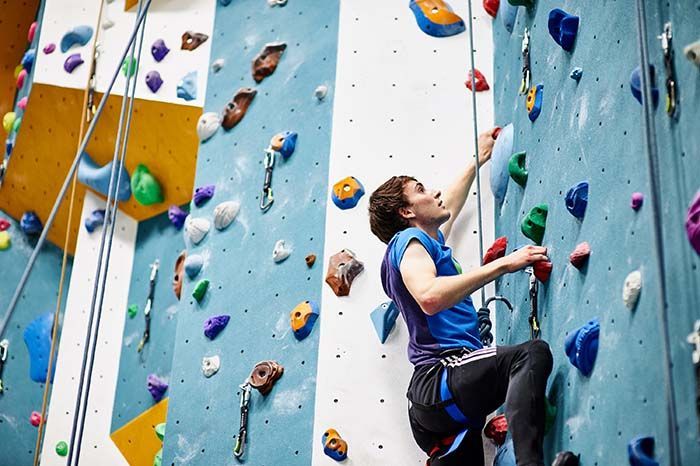
Climbing involves various forms and techniques, each requiring specific equipment and skills. Grasping the core concepts and safety measures is essential for beginners to ensure an enjoyable experience.
Types of Climbing
Rock climbing can be divided into several types, each with unique characteristics. Sport climbing uses pre-installed bolts for protection on routes, requiring both strength and technique. Bouldering, on the other hand, involves climbing shorter walls without ropes, often just a few metres high, using crash mats for safety. Top rope climbing relies on a rope anchored at the top of the climb for protection, making it ideal for beginners. In lead climbing, the climber clips into protection points while ascending, requiring more skill and experience.
Equipment Essentials
Climbers need specific gear to ensure safety and effectiveness. A properly fitting harness, climbing shoes, and a reliable helmet are crucial. Other essentials include belay devices and carabiners for securing ropes. Beginners often start with basic gear like a harness and shoes, while more advanced climbers add specialized equipment such as chalk bags and extra climbing protection. These items can often be rented or purchased from local climbing stores or courses like those offered for outdoor climbing.
Understanding Belay Techniques
Belaying is a critical component in climbing, involving the control of a climber's rope to prevent falls. There are various techniques, including using a belay device attached to the harness. Top rope belaying ensures the rope is taut from above, offering immediate protection. Lead belaying requires greater attention as the climber progresses, allowing the rope to pay out smoothly. Mastering these techniques is essential, and proper instruction can help climbers develop competence and confidence.
Safety Measures and Checks
Safety in climbing is non-negotiable, making pre-climb checks vital. Climbers should inspect their harnesses, knots, and belay devices to ensure they are secure. Checking the anchor points and climbing surfaces, particularly in sport and bouldering, is essential for preventing accidents. Regular communication with climbing partners fosters a safe environment. It is also important to understand local weather conditions, as they can affect climbing safety and route difficulty.
Choosing the Right Climbing Gym
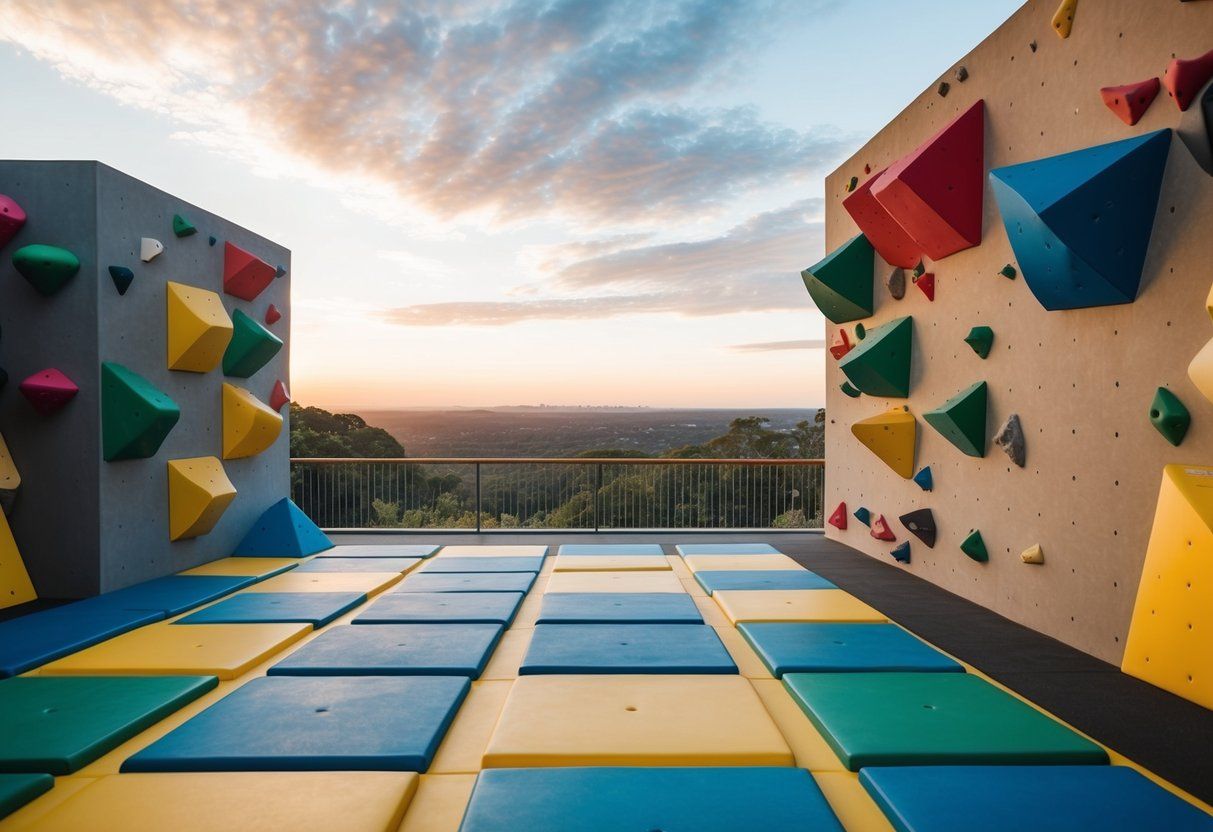
Selecting the right climbing gym involves considering various aspects like the types of climbing walls available, membership options, and how personal data is managed. Each of these factors can enhance your climbing experience and ensure you feel secure and comfortable.
Facilities and Types of Climbing Walls
A good climbing gym should offer a range of facilities and wall types to cater to all skill levels. Look for walls such as bouldering, top-rope, and lead climbing. Bouldering walls are ideal for beginners as they are shorter and involve climbing without ropes over padded floors. Top-rope and lead climbing are for those who want more of a challenge.
In Australia, some popular options include Blochaus and other gyms that offer varied and well-maintained climbing walls. It's important to check whether the gym has a regular schedule for updating routes to keep the climbing experience fresh and exciting.
Membership Options and Benefits
Membership options can greatly influence your decision. Many gyms offer a variety of memberships, from casual day passes to monthly or annual plans. Think about how often you plan to climb and if the gym offers benefits like guest passes or discounts on gear.
Some gyms, like Blochaus, may provide introductory courses or workshops, which can be highly beneficial for beginners. Consider if the membership includes perks such as free entry to special events or access to other partner gyms. Be sure to weigh the cost against the benefits you receive.
Privacy and Personal Information Handling
When joining a climbing gym, it's essential to understand how they handle your personal information. Check if the gym has a clear privacy policy that outlines how they collect, use, and store your data. This includes information gathered through memberships and online interactions, like cookies.
A responsible gym should prioritise privacy by ensuring that your information is secure and not shared with third parties without your consent. Being informed about privacy practices helps you trust the gym you choose, allowing you to focus on enjoying your climbing experience.
Getting Started with Climbing
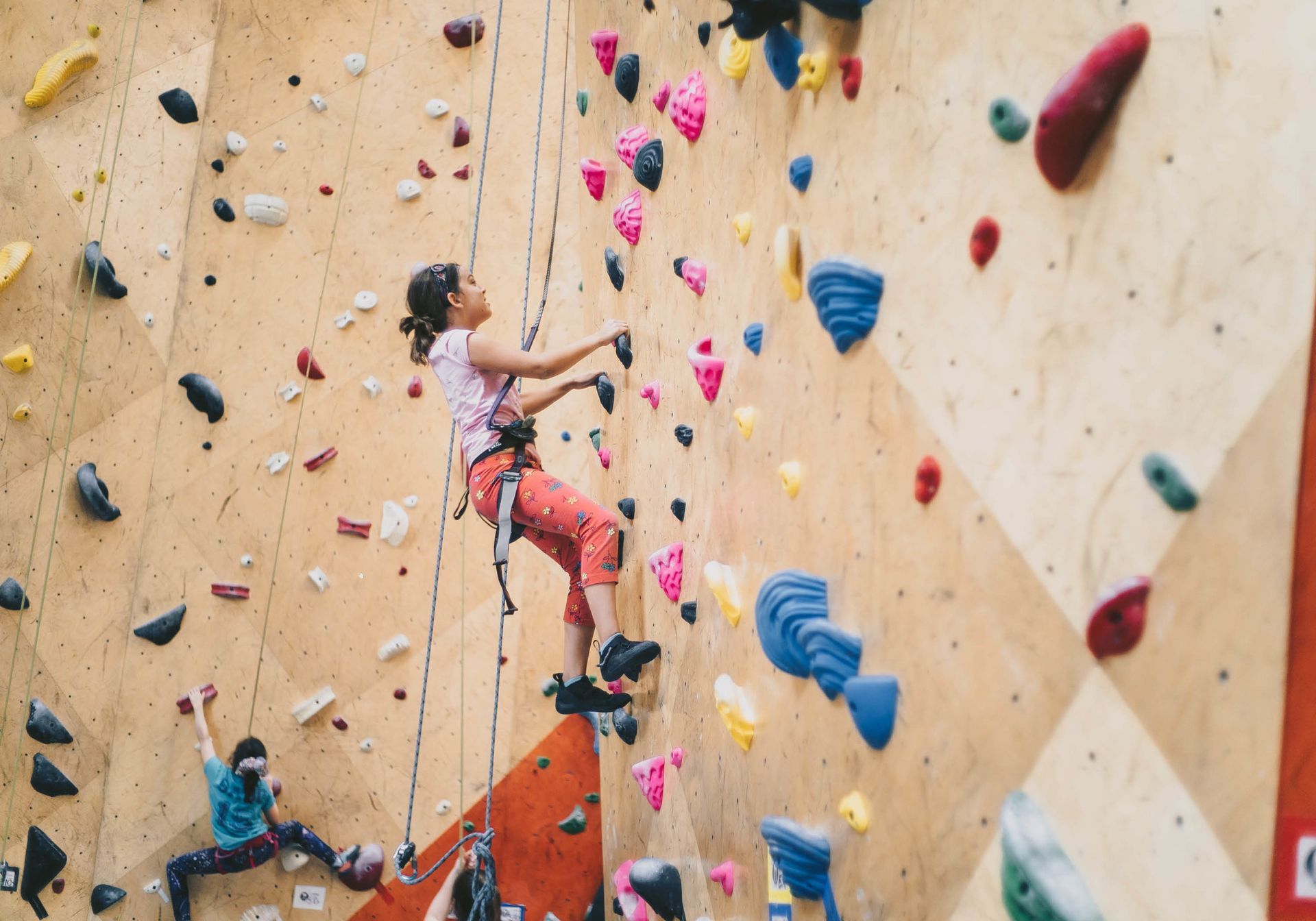
Starting with rock climbing involves understanding key elements like finding the right coach and developing technical skills and physical conditioning. These are crucial for building confidence and enjoying the climbing experience safely.
Finding a Coach or Mentor
Finding a coach or mentor is critical for beginner climbers. A good coach offers guidance on climbing techniques and tips for improving performance. Local climbing gyms are great places to start. They often have skilled instructors who understand the needs of newcomers.
It's beneficial to find someone who teaches with patience and has a strong grasp of climbing fundamentals. This support helps climbers learn quicker and avoid common mistakes. Advanced instruction on belaying and safety measures prepares climbers for outdoor challenges.
A mentor can also introduce climbers to the community, providing opportunities for group climbing and learning from others. Doing so creates a supportive environment that encourages practice and growth.
Technical Skills for Beginners
Technical skills form the backbone of climbing. Beginners must learn proper climbing techniques to ensure safety and efficiency. Basic skills include foot placement and grip tactics which help maintain balance on the wall.
Learning to belay is also essential. This involves handling the rope safely while another person climbs. Courses on belaying are available at most gyms and are a must for any new climber.
Practicing route reading helps climbers anticipate challenges on the wall. This skill allows them to plan moves in advance, making climbs smoother. Understanding the use of equipment such as harnesses, shoes, and chalk bag is fundamental too. Proper gear adds to a safe and enjoyable climbing experience.
Physical Conditioning and Diet
Physical conditioning is key to climbing success. It requires strength, flexibility, and endurance. A balanced routine that focuses on cardio, strength training, and stretching is ideal. Core exercises enhance stability and control on the wall.
Regular climbing sessions at a gym can help build necessary muscle and coordination. As diet influences energy levels, climbers should consume balanced meals high in protein and carbohydrates for sustained energy.
Hydration is critical, particularly when climbing outdoors. Drinking enough water before, during, and after climbs prevents fatigue. Coupled with a well-rounded workout and diet plan, climbers can enhance performance and stay safe.
Climbing Etiquette and Community
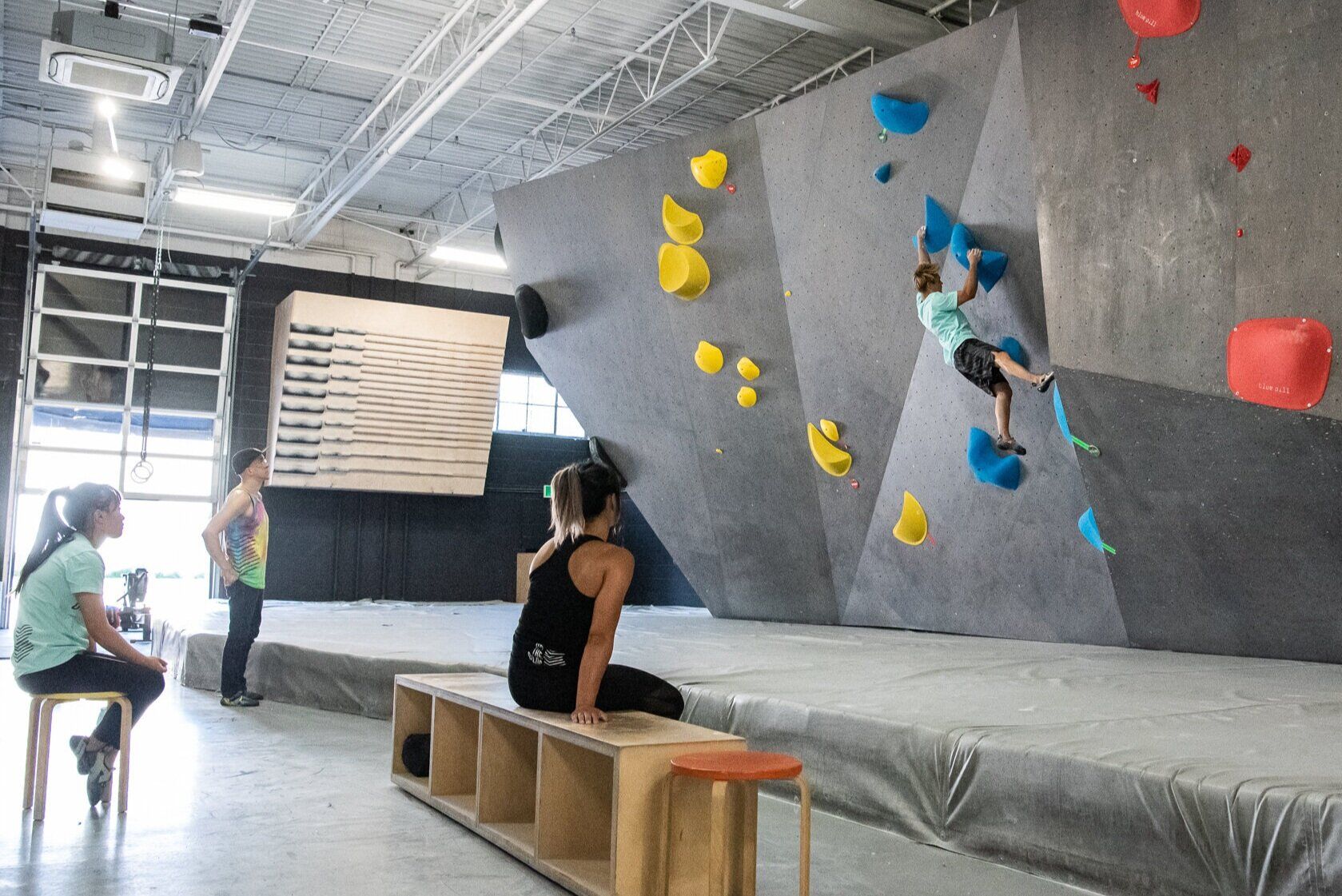
Joining the climbing community is more than just learning techniques; it involves becoming part of a network where respect, communication, and shared experiences are key. This involves understanding how to interact with fellow climbers both on and off the wall.
Respect and Support Among Climbers
Showing respect for fellow climbers is essential. Basic etiquette includes avoiding hogging climbing routes and maintaining a quiet environment to prevent distractions. This creates a safe and pleasant atmosphere. New climbers should also be open to learning from more experienced climbers, as their advice can be invaluable.
Support is another important aspect. Encouraging words and assistance can make a huge difference, building a positive and inclusive climbing environment for everyone.
Networking and Social Media
Social media is a powerful tool for connecting with other climbers. Platforms like Instagram and Facebook host groups where climbers share tips, organise meet-ups, and build friendships. Online communities make it easier to find climbing partners and stay informed about the latest trends.
Networking through these channels also enables beginners to follow experienced climbers’ journeys. They can gain insights into techniques and turns the virtual space into an educational resource.
Climbing Events and Competitions
Climbing events and competitions offer great opportunities to be part of the climbing community. Competitions, whether local or national, are ideal for fun and testing skills. Participation isn't just for winning; it's about experiencing the camaraderie and learning from others.
Events often include workshops or clinics, providing the perfect chance to learn new skills and get advice from seasoned climbers. These gatherings are excellent platforms for networking and forming connections within the community, making them invaluable for both beginners and veterans alike.
Improving Your Climbing Skills
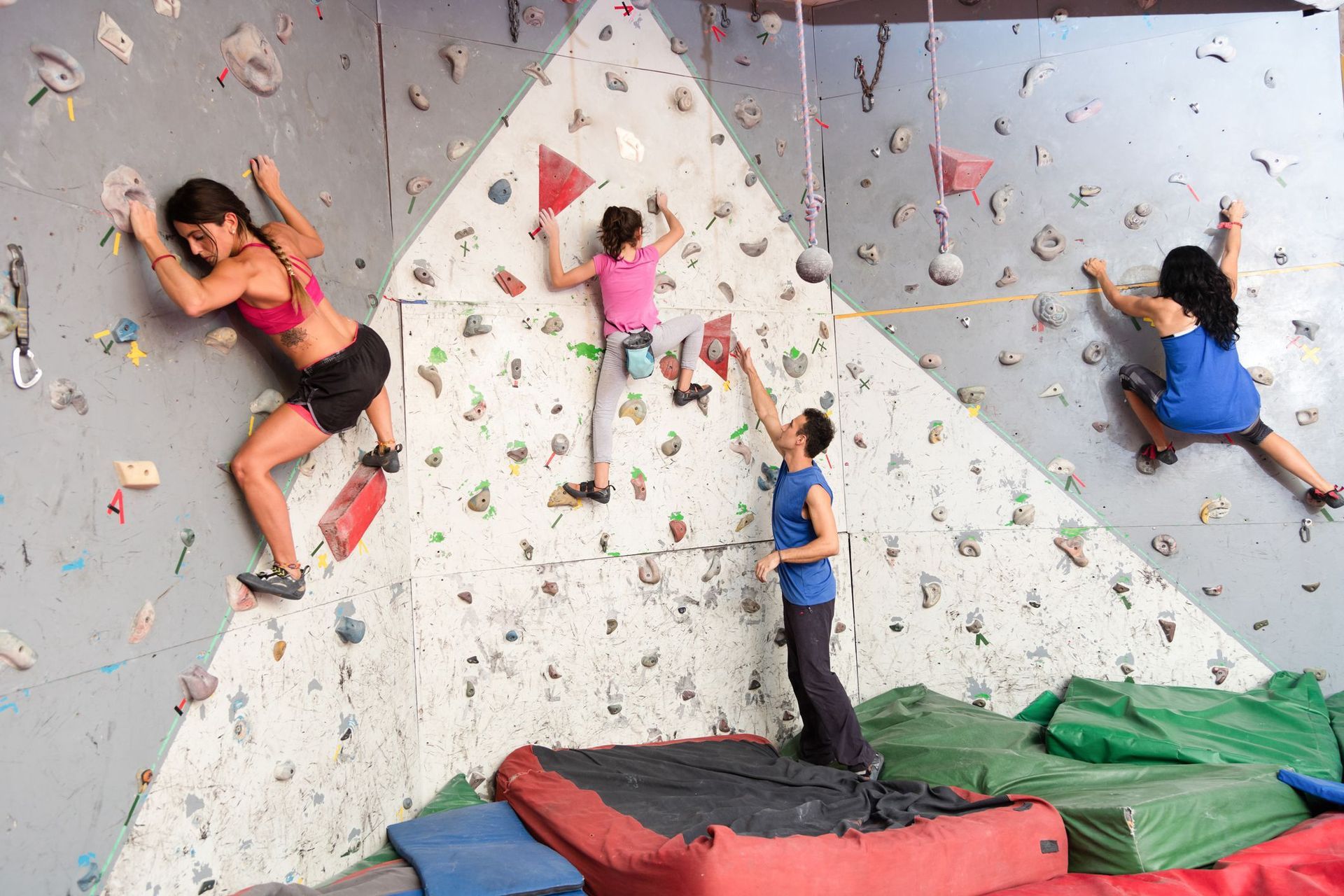
Enhancing climbing skills involves practising advanced techniques and taking part in organised classes. These approaches help build physical and technical abilities, ensuring beginners can progress effectively.
Advanced Techniques and Training
Improving in climbing requires focusing on specific techniques. Key climbing techniques involve mastering foot placements and handholds. Practising these often can increase efficiency and reduce fatigue.
Training routines should also incorporate rest periods to prevent overuse injuries. Climbers can adopt exercises to boost strength and flexibility, crucial for executing difficult moves. For instance, core workouts enhance balance, while grip exercises like hang board training improve finger strength. Maintaining a balanced approach by combining technical skills with physical training can significantly enhance climbing performance.
Classes and Workshops
Joining classes and workshops is an effective way to develop climbing skills further. Many centres offer beginner and intermediate classes tailored to different needs. These sessions provide structured learning with experienced instructors who can offer personalised feedback.
Participants can learn safety techniques, such as proper belaying and equipment handling. By attending workshops, climbers get the chance to practice in a supervised environment, building confidence.
Classes also foster a sense of community, helping beginners connect with others who share their interests. This network can be invaluable for support and learning new techniques. For those in Australia, checking with local climbing gyms can reveal a variety of options that may include special weekend workshops and ongoing training programs, ensuring plenty of opportunities to advance.
Exploring Outdoor Climbing in Australia
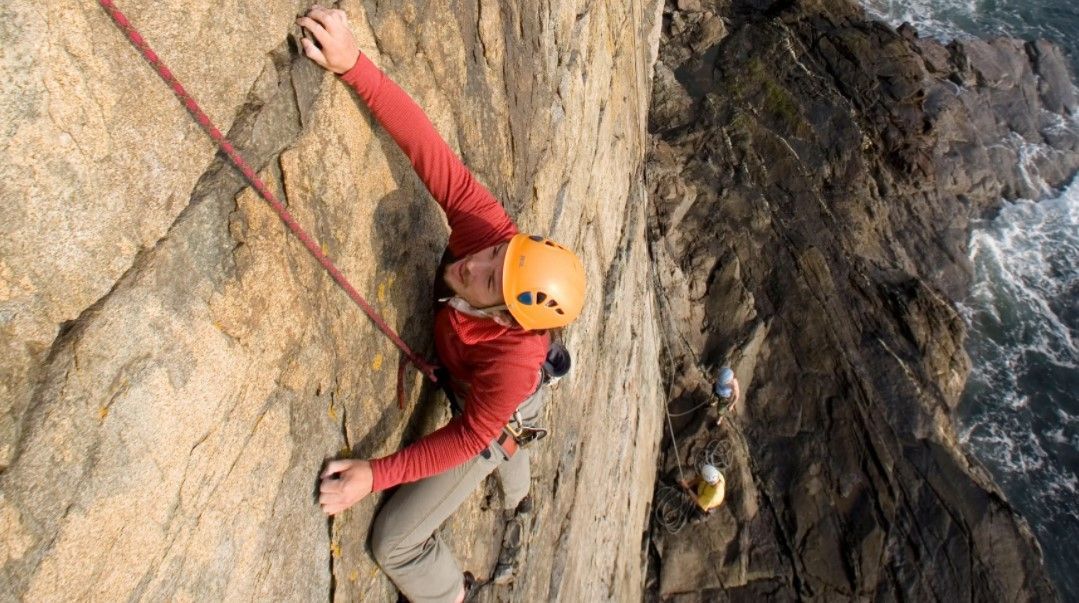
Australia offers a diverse landscape for outdoor climbing enthusiasts. From the sandstone cliffs of the Blue Mountains to the granite boulders in Victoria, each location provides unique challenges and stunning views. This section covers essential tips for choosing the perfect climbing spots, preparing for weather conditions, and learning the basics of abseiling.
Choosing the Right Climbing Spots
Selecting the right climbing location is crucial for both safety and enjoyment. Areas like the Blue Mountains in New South Wales provide world-class climbing opportunities. The sandstone cliffs are ideal for both beginners and experienced climbers.
Victoria’s Mount Arapiles offers diverse routes, with a focus on technique. Beginners visiting Brisbane should consider Kangaroo Point Cliffs, known for their manageable difficulty levels and urban convenience.
Consider exploring lesser-known locations like the Grampians, which provide a wide range of climbing experiences. Making informed choices ensures a fulfilling and successful climbing adventure.
The Role of Weather and Preparedness
Weather can significantly impact climbing conditions. In Australia, the climate varies greatly from one region to another. Checking the forecast before heading out is essential. Climbing in the Blue Mountains, for example, requires awareness of potential rain, which can make surfaces slippery.
Being prepared with the right gear, including waterproof clothing and climbing shoes, enhances safety. It is also important to be mindful of temperature changes throughout the day.
Preparedness extends beyond gear to include knowledge of the local environment. Understanding factors such as rock types and wildlife contributes to a safer and more enjoyable climb.
Abseiling Basics
Abseiling is a fundamental skill in outdoor climbing. It involves descending a rock face using a rope, which requires proper technique and equipment. Learning to abseil confidently allows climbers to safely navigate steep drops and varied terrains.
Beginners should practice abseiling under the supervision of experienced climbers or instructors. In places like Port Melbourne, climbing schools offer courses to help newcomers grasp the basics.
Key equipment includes a harness, belay device, and helmet. Mastering these tools and techniques ensures safe descents. Regular practice enhances confidence and skill, paving the way for more challenging climbs.
Marketing and Outreach
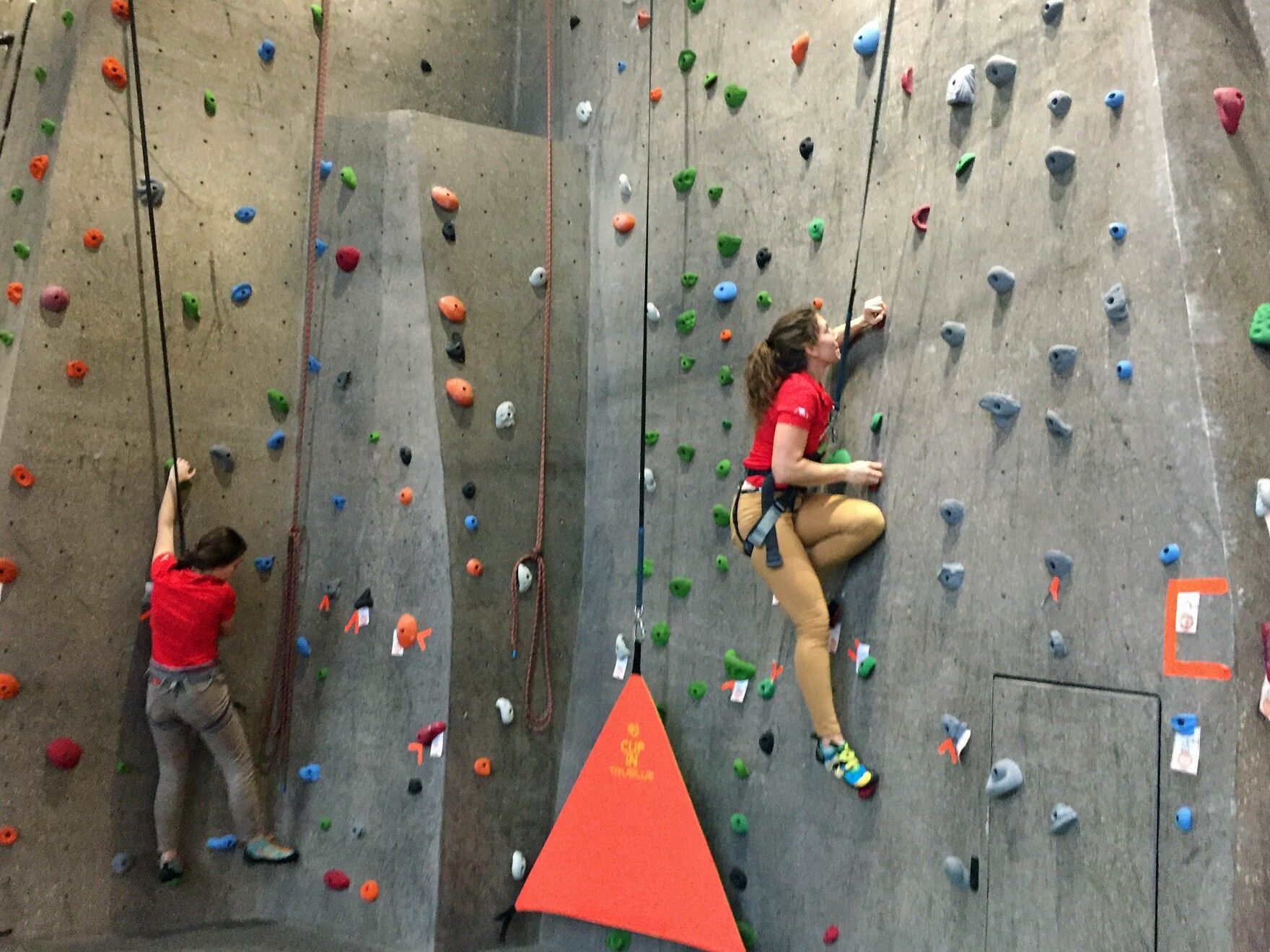
Effective marketing strategies can help climbing businesses grow in Australia. Focus areas include understanding customer needs through surveys, direct communication via emails, and collaborating with partners to increase visibility.
Utilising Customer Surveys and Market Research
Conducting customer surveys provides insight into what climbers look for in their experiences. Surveys can reveal preferences in class schedules, facility amenities, or pricing. By analysing this data, businesses can tailor their offerings to better meet needs.
Market research helps identify emerging trends and competitor strategies. Understanding the market landscape enables businesses to capitalise on opportunities for growth. Regular updates from industry reports or local market studies can guide strategic decisions.
Offering incentives like discounts for survey participation encourages more responses. Implementing an easy-to-use digital platform simplifies the process for both customers and the business.
Direct Marketing with Promotional Emails
Promotional emails are a direct way to engage with customers. These emails can include special offers, class updates, or event invitations. Personalising the content based on customer preferences enhances effectiveness.
To avoid being marked as spam, businesses should ensure their emails provide value and are sent at optimal times. A clear call to action and an aesthetically pleasing design can increase engagement with the email content.
Regular newsletters keep customers informed about upcoming activities and promotions. Including compelling visuals or interactive elements can make emails more engaging. Utilising email management tools helps track open rates and customer interactions, offering valuable insights for future campaigns.
Engaging with Third Parties
Partnering with third parties such as local gyms, outdoor stores, or tourism boards can expand outreach efforts. Collaborations may include joint promotions or hosting events, thereby reaching a wider audience.
These partnerships can also provide access to shared customer bases, allowing for targeted marketing efforts. Establishing relationships with influencers or local community groups can further enhance visibility and attract new customers.
Joint initiatives such as community events or workshops can foster goodwill and brand recognition. Providing mutual benefits in partnerships ensures sustained collaboration and successful co-marketing activities. This approach not only broadens outreach but also strengthens the brand within local communities.
Frequently Asked Questions
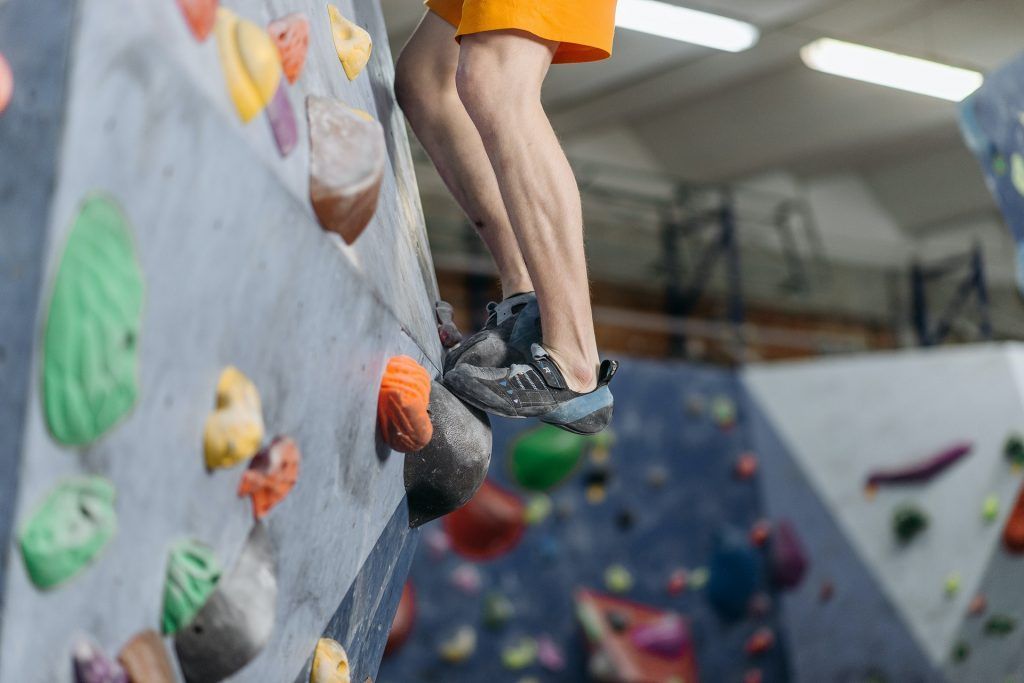
When starting block climbing, it's crucial to know the best locations for beginners, typical costs, suitable climbing types, appropriate ages to start, how to understand grading systems, and where to find indoor facilities nearby in Australia.
What are the best climbing locations for beginners in Australia?
Australia offers several great places for beginner climbers. Sydney's BlocHaus Bouldering and Beyond Bouldering provide excellent facilities tailored to new climbers. These locations offer diverse climbing walls, helpful for building skill levels progressively.
How much does it typically cost to start block climbing as a hobby?
Starting block climbing often involves costs such as gym memberships, equipment hire, and possibly some classes. Expect to pay for harnesses, shoes, and chalk. Many gyms provide all this equipment at a reasonable rental fee, as seen at Northern Beaches Rockhouse.
What type of climbing is most suitable for a novice climber?
Bouldering is highly recommended for beginners due to its simplicity. It does not require ropes or harnesses, making it accessible. Sites like BlocHaus Bouldering Canberra offer easy-to-navigate walls and fitness training suitable for all skill levels.
At what age can someone start learning block climbing?
Block climbing is an inclusive sport suitable for a variety of ages. Many gyms welcome children as young as five, providing age-appropriate guidance. Always check with local facilities for their specific age requirements and youth programs.
How should beginners approach grading systems in climbing?
Grading systems can vary, but beginners should start with the easiest grades. These are designed to build confidence and skills. Facilities like Canberra Indoor Rock Climbing offer guidance on how to interpret grades for an enjoyable experience.
Where can I find indoor bouldering facilities near me?
Finding an indoor bouldering gym is easy in most major Australian cities. Places like Bayside Rock and Beyond Bouldering offer extensive facilities. Open hours can vary, so check their websites or contact them directly for the most accurate information.




